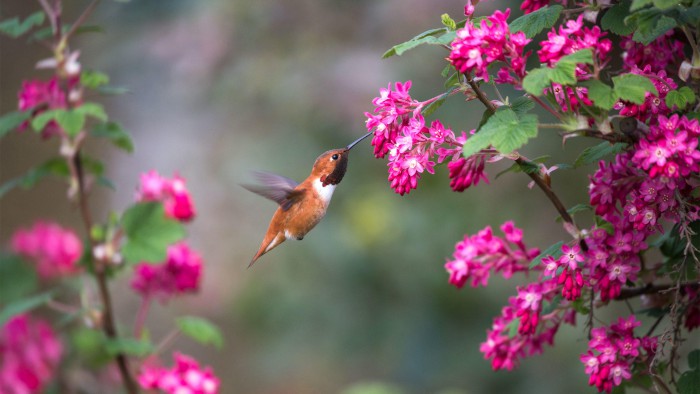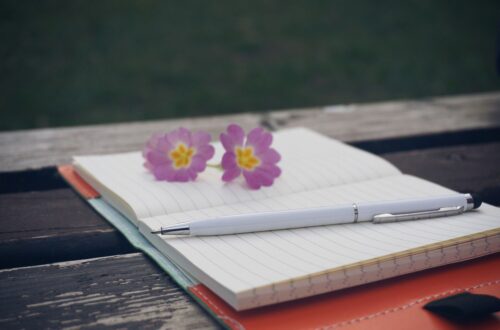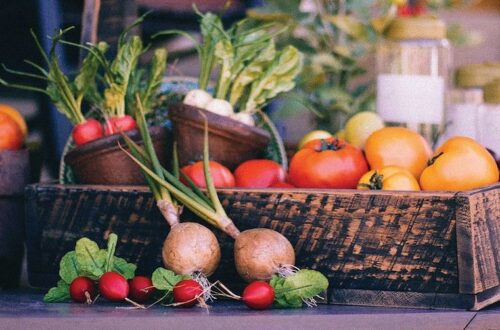Hey plant people of Portland, Oregon and beyond! We’ve got a question for you: Do you want to create a yard that will attract more butterflies, bees, birds, and other wildlife? If your answer is yes, you are not alone! In 2022, 1 in 3 US adults bought plants specifically to help wildlife. A significant increase from 1 in 4 adults from 2021. The majority of them did so by purchasing native plants.
Unsurprisingly, the ecological gardening trend is growing every year as more and more people are becoming aware of the negative impacts of climate change and industrial pollution. Luckily, planting native plants is one of the easiest ways to get into ecological gardening. This is because:
1. Native plants provide habitats and food for wildlife.
2. They do not require fertilizers, which have a high carbon footprint.
3. They do not require pesticides, which can harm pollinators and other organisms.
4. You rarely need to water (or maintain) them, once they are established.
5. Many native plants have deep root systems, which reduce erosion and flooding.
6. They help reduce air pollution.
7. And of course, they are just beautiful to look at!
It’s not enough to just plant some plants and hope for the best, however. Building a backyard habitat takes a little extra work to do successfully. To start, you’ll need to figure out which plants are best for the particular sun/water level of your yard, which plants will attract wildlife, which plants will pair well with other plants, where to position the plants in your yard, how far apart to place the plants, etc.
To make things even more difficult, gardening information online can be quite disorganized, overwhelming, or downright contradictory. Fortunately, designing your backyard habitat can be simplified by taking advantage of the permaculture concept of plant guilds.
What is a plant guild, you say?
As we said above, native plants have plenty of ecological benefits, and while planting a single Riverbank Lupine (Lupinus rivularis) in your yard can make a positive contribution to the Willamette Valley ecosystem, it’s not going to have nearly the same environmental benefit as one in the wild. The reason is that plants have evolved to work in coordination with other organisms to build habitats together.
A guild is a group of organisms that work together to create benefits for the collective more effectively than each individual can alone.
Most plant guilds layer plants of different heights to maximize vertical space usage, sunlight absorption, and nutrient regeneration. The dense layers of foliage filter out the harsh sun and trap soil moisture. This creates a stable microclimate for the understory plants, animals, fungi, and bacteria. Such a habitat allows all the organisms to form symbiosis, mutually beneficial relationships where the whole is greater than the sum of its parts.
Guilds are essential for regenerative ecological gardening. They maximize ecological benefits with less land usage. They restore soil health, attract beneficial insects and pollinators, repel weeds and pests, and prevent erosion much more effectively than individual plants would. They also efficiently extract carbon from the atmosphere and sequester them as biomass in plants and soil, which help reverse the effects of climate change.
On a human level, the guild is also an easy framework for beginners gardeners to plan out their yards. Instead of figuring out the entire yard, you can just divide it into different areas and figure it out one guild at a time.
This excerpt is reprinted with permission from the blog of the worker cooperative SymbiOp, the largest native plant nursery in Portland, Oregon. Their mission is to restore the habitat of the Portland area by turning lawns into regenerative ecosystems and restoring native habitats. SymbiOp Garden Shop strives to make native habitat creation more accessible for everyone, especially new plant parents. They have created several Native Yard Starter Packs to help new ecological gardeners jump-start their native plant journey! They are drawn to scale by our lead landscape designers so that you can properly position and space your plants, and rest assured that they will grow well together.
For more info: bit.ly/3w4A8IS






